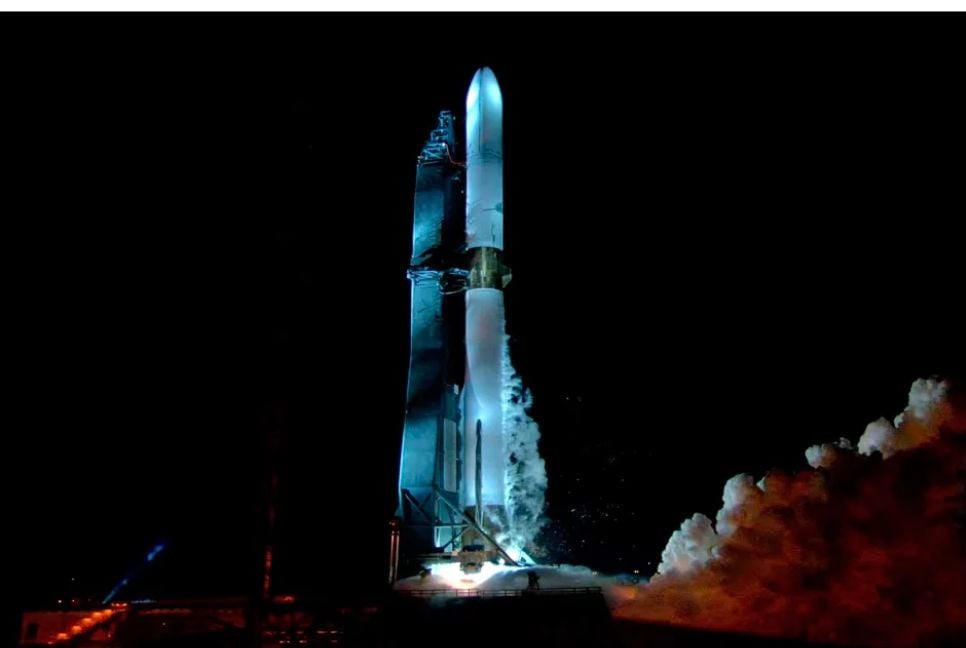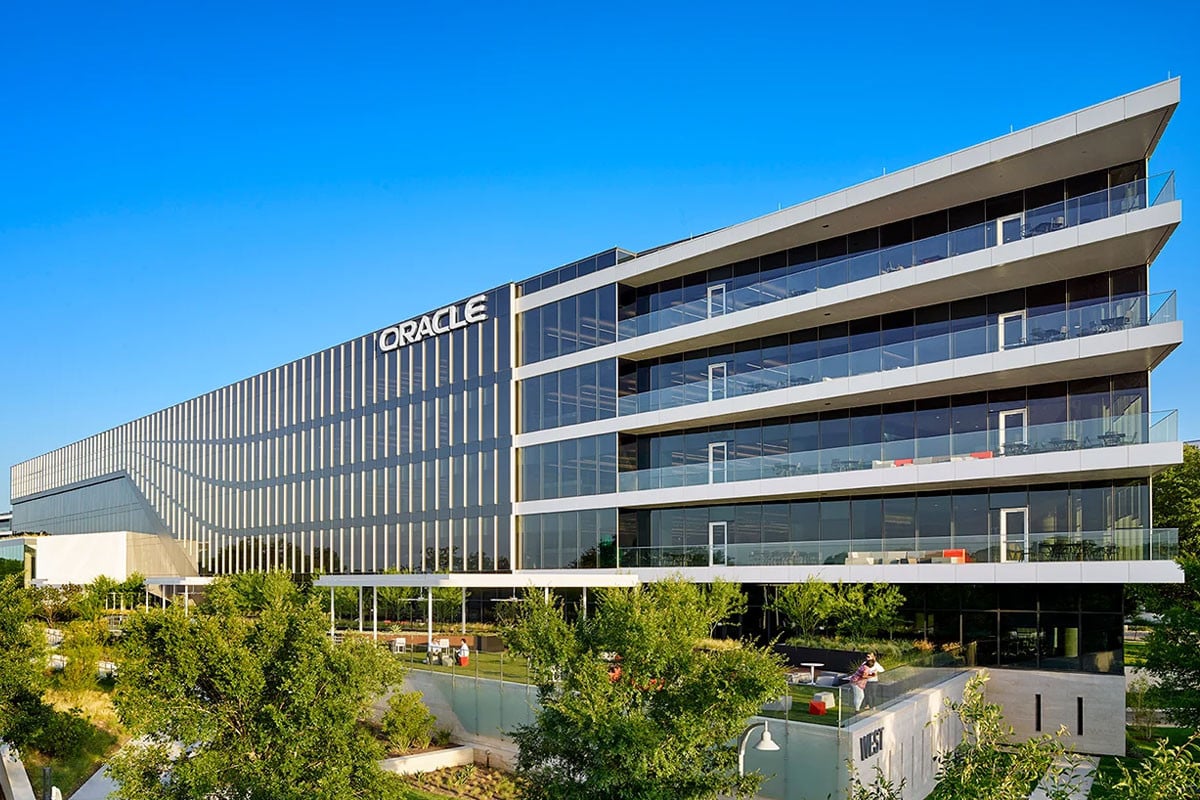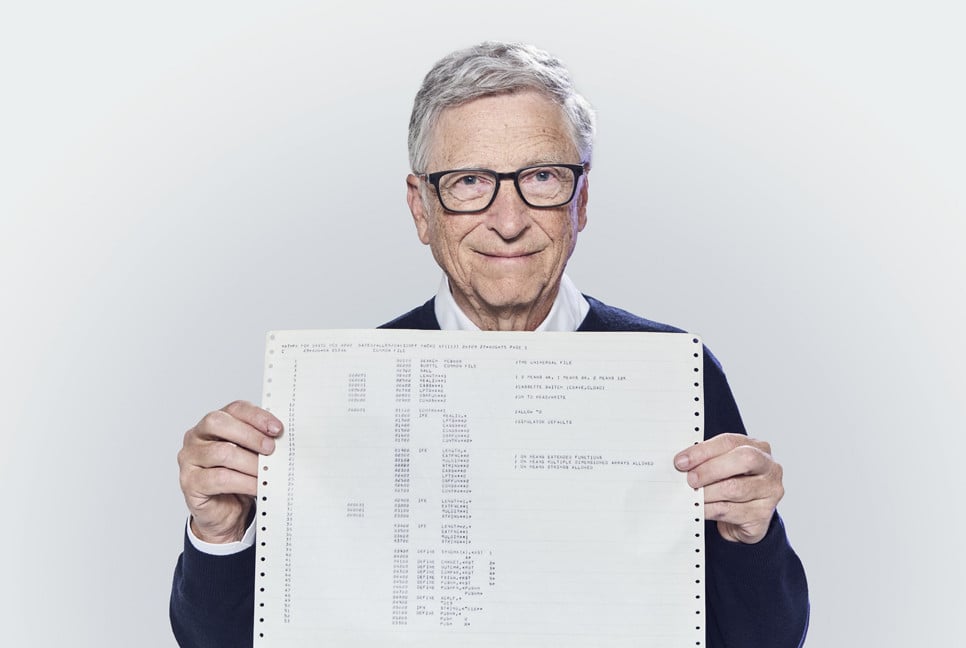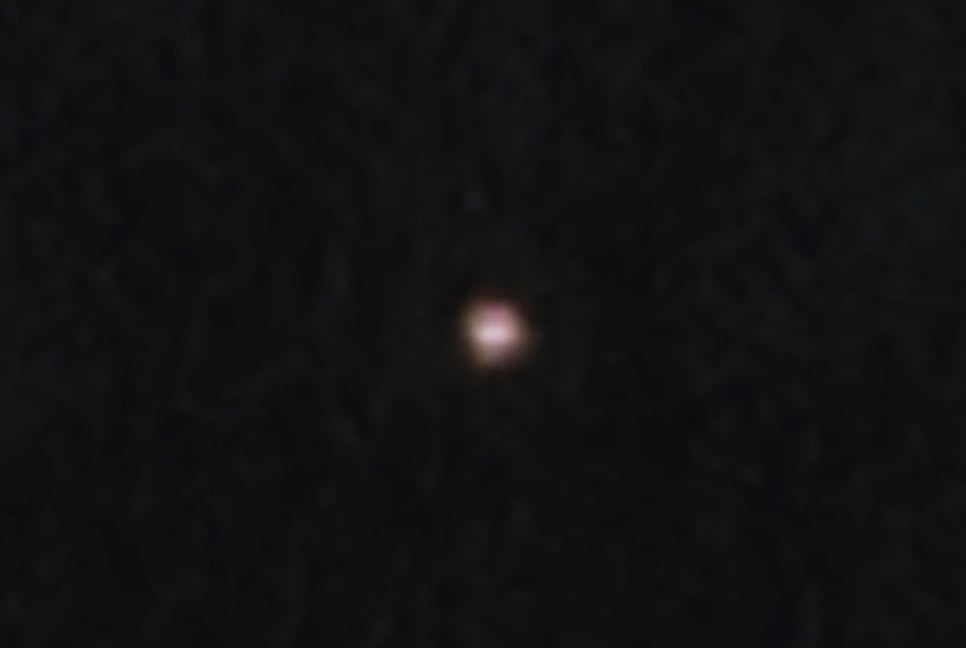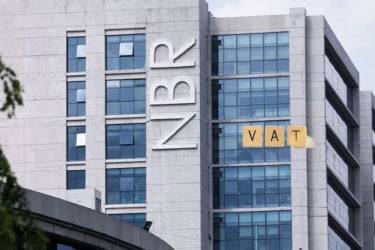On a Florida launchpad that has been dormant for almost two decades, a new, roughly 320-feet (98-meter) rocket — developed by Jeff Bezos’ company Blue Origin — is poised for its maiden flight.
The uncrewed launch vehicle, called New Glenn, will mark Blue Origin’s first attempt to send a rocket to orbit, a feat necessary if the company hopes to chip away at SpaceX’s long-held dominance in the industry.
New Glenn is set to lift off from Cape Canaveral Space Force Station as early as next week.
The rocket, which stands about as tall as a 30-story building, consists of several parts: The first-stage rocket booster gives the initial thrust at liftoff. Atop the booster is an upper rocket stage that includes a cargo bay protected by a nose cone that will house experimental technology for this mission.
And, in an attempt to replicate the success that SpaceX has found reusing rocket boosters over the past decade, Blue Origin will also aim to guide New Glenn’s first-stage rocket booster back to a safe landing on a seafaring platform — named Jacklyn for Bezos’ mother — minutes after takeoff.
Like SpaceX, Blue Origin will seek to recover, refurbish and reuse first-stage rocket boosters to drive down costs.
For this inaugural mission, a smooth flight is not guaranteed.
But the eventual success of New Glenn, named after storied NASA astronaut John Glenn, is instrumental to some of Blue Origin’s most ambitious goals.
The rocket could one day power national security launches, haul Amazon internet satellites to space and even help in the construction of a space station that Blue Origin is developing with commercial partners.
Blue Origin formally announced the development of New Glenn — which aims to outpower SpaceX’s Falcon 9 rockets and haul spacecraft up to 45 metric tons (99,200 pounds) to orbit — in 2016.
The vehicle is long overdue, as the company previously targeted 2020 for its first launch.
Blue Origin has also branded itself as a company that aims to take a slow, diligent approach to rocket development that doesn’t “cut any corners,” according to Bezos, who founded Blue Origin and funds the company.
The company’s mascot is a tortoise, paying homage to “The Tortoise and the Hare” fable that made the “slow and steady wins the race” mantra a childhood staple.
So far, Blue Origin has been known mostly for its space tourism efforts, launching paying customers and celebrities on New Shepard — a much smaller, suborbital rocket that is not powerful enough to send satellites to space.
Of the more than 20 flights New Shepard has conducted so far, the vehicle has experienced one failure during an uncrewed science mission.
While SpaceX founder and CEO Elon Musk and Bezos have been known to spar and bluster publicly about their rocket companies, Musk’s input on New Glenn’s debut so far has been positive: “Godspeed!” he posted on his social media platform X on December 27.
New Glenn packs significant power. Dubbed a “heavy-lift” vehicle, its capabilities lie between SpaceX’s Falcon 9 rocket and the more powerful Falcon Heavy launch vehicle.
SpaceX’s workhorse Falcon 9, for example, can haul up to 22.8 metric tons (50,265 pounds) to space. While New Glenn is capable of carrying about double that mass, it may also be roughly the same price as a Falcon 9: reportedly around $60 million to $70 million per launch.
“I think in order to compete with Falcon 9, you have to go head-to-head or better on price,” said Caleb Henry, the director of research at Quilty Space, which provides data and analysis about the space sector.
The question, however, is whether Blue Origin will be able to sustain a competitive price point, Henry added.
Still, one feature that makes New Glenn stand out is its large payload fairing, or nose cone. The component protects the cargo bay and is a whopping 23 feet (7 meters) wide — nearly 6 feet (2 meters) larger than that of SpaceX’s Falcon 9 or Falcon Heavy.
Henry said Blue Origin likely opted to outfit New Glenn with such a large fairing in order to help fulfill Bezos’ vision of the future.
The tech billionaire has long described a desire to one day move manufacturing and other polluting, “heavy” industries off Earth, leaving our home planet as a sort of national park for humans to visit and enjoy. And to do that, he would need rockets that can carry huge objects.
Though New Glenn outpowers the Falcon 9, SpaceX is in the process of developing the groundbreaking flagship of its rocket arsenal.
Blue Origin had planned to launch a pair of Mars-bound satellites on behalf of NASA for the first flight of New Glenn.
But delays with the rocket’s development prompted the space agency to change course, moving that flight to this spring at the earliest. So for this inaugural flight, Blue Origin opted to instead fly a “demonstrator” that will test technology needed for the company’s proposed Blue Ring spacecraft — which will aim to serve as a sort of in-space rideshare vehicle, dragging satellites deeper into space when needed.
Source: CNN
Bd-pratidin English/Fariha Nowshin Chinika

